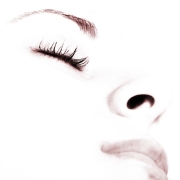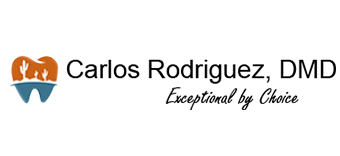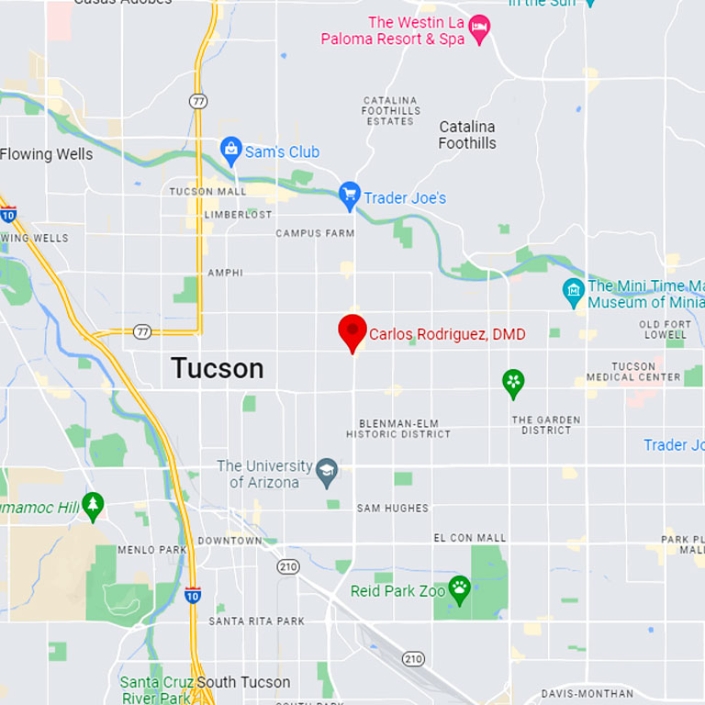How Does Botox Work?
Did you know that Botox is widely used by dentists? You can get cosmeticBotox in Tucson, AZ at the dental clinic of Carlos Rodriguez, DMD, but Botox is also helpful in dental procedures. This effective and vetted substance is used around the world for cosmetic and dental purposes.
How Does Botox Work?
Acetylcholine is a neurotransmitter that works to trigger muscle contractions. When this neurotransmitter isn’t triggered, muscles stay relaxed. Botox is a naturally-occurring substance that just happens to have the power to block acetylcholine. So, with the introduction of Botox into targeted muscle areas, the neurotransmitter action is blocked. The Botox actually binds to nerve endings, but only temporarily. The effects wear off over time, which is both why it’s useful for dental treatments and why you need multiple Botox injections over time to retain the effects.
How is Botox Used In Dentistry?
Botox is used in dentistry in a variety of ways. It can help to relieve the pain and discomfort of TMJ, for one thing. TMJ is a very painful condition affecting the jaw joint and surrounding muscles. In certain cases, dental conditions can result in pain and discomfort in the mouth, including the teeth and gums. Botox can be discriminately used to alleviate pain in these areas on a temporary basis until treatment can be completed.
Botox For Cosmetic Purposes
Of course, one of the most popular uses for Botox is cosmetic purposes, and this is available at yourTucson, AZ dentist. All you need to do is to ask about Botox treatments, and we can assist you by treating fine lines, crow’s feet, frown lines and other small imperfections with Botox. Contact us today to book your appointment to learn more about Botox and other dental issues.





